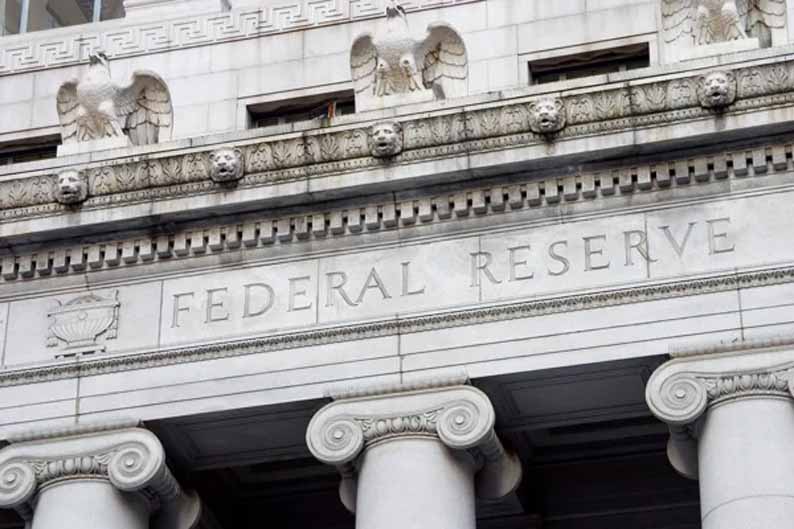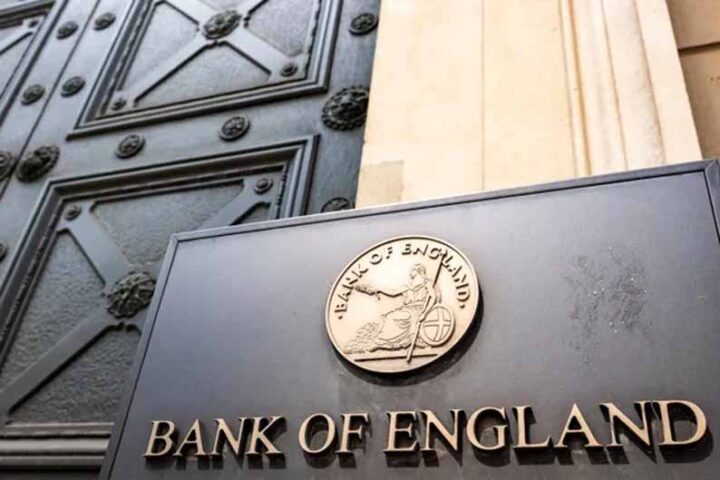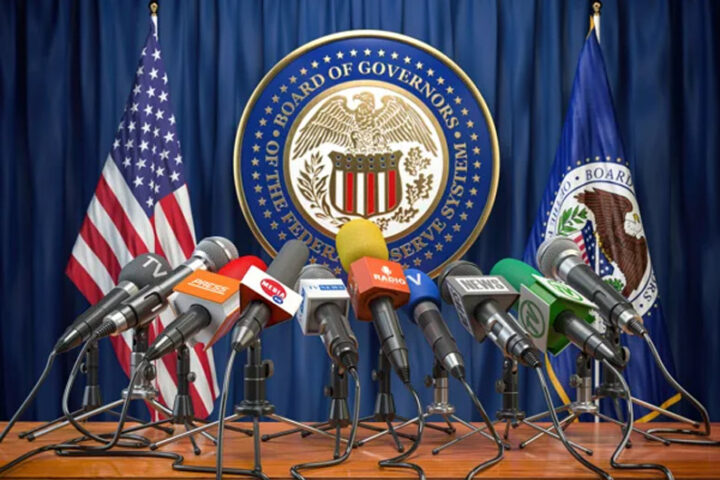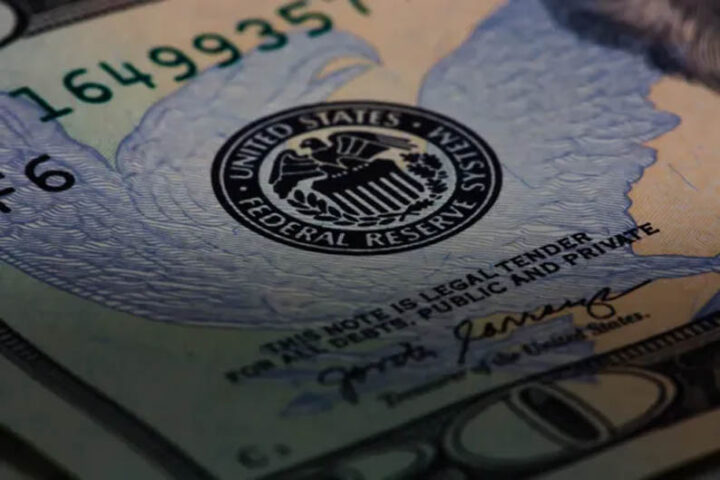The euro-dollar currency pair clinged to the previous day’s gains around 1.1370 in European trading on Wednesday, with the EURUSD trading firmly as the dollar ticked down ahead of the Federal Reserve’s interest rate decision.
The DXY Dollar Index, which tracks the greenback’s value against six major currencies, trades with caution inside Tuesday’s range around 99.40.
According to the CME FedWatch tool, traders have fully priced in that the Fed will leave interest rates steady in the current range of 4.25-4.50%.
Investors will pay close attention to the monetary policy statement and Fed Chair Jerome Powell’s press conference to get fresh cues about how long the central bank will maintain a restrictive monetary policy stance.
Fed officials have indicated that monetary policy adjustments are not appropriate until they see cracks in the labour market and economic growth, as consumer inflation expectations have de-anchored due to the fallout of new economic policies by US President Donald Trump.
April’s nonfarm payrolls (NFP) on Friday showed steady job growth, a limiting factor for the Fed in reducing interest rates.
The US economy contracted by 0.3% in the first quarter of the year, but the reason was the significant surge in imports frontloaded by US business owners to avoid the impact of higher tariffs.
Contrary to the Fed’s guidance, President Trump has repeatedly urged the central bank, especially Jerome Powell, to lower interest rates. Trump also threatened to discharge Powell from his duties for not reducing borrowing costs despite easing energy prices, food items, etc.
Apart from the Fed policy, the US-China trade talks in Geneva are a major trigger for the dollar.
US Treasury Secretary Scott Bessent and Trade Representative Jamieson Greer confirmed late Tuesday that they will meet their Chinese counterparts for trade discussions. Investors see this as a constructive step towards de-escalation in the Sino-US trade war, which has supported S&P 500 futures.
Meanwhile, the euro traded firmly after Germany’s Conservative leader Friedrich Merz was sworn in as Chancellor in the second attempt.
Merz failed to secure an absolute majority in the first attempt despite CDU/CSU and Social Democrats collectively having a vote bank of 326. Merz received 310 votes in the first attempt, six fewer than the 316 required to be elected as Chancellor.
The confirmation of Friedrich Merz as Chancellor has diminished fears of political instability and is expected to boost defense spending measures approved in March. This scenario would strengthen the German economy and favour the euro and German assets.
However, the upside in the Euro appears to be limited as the European Central Bank is set to continue easing the monetary policy in the June meeting.
The ECB is almost certain to cut its key interest rates again next month as officials are more focused on absorbing economic shocks in the face of tariffs announced by President Trump, than Eurozone inflation, which is expected to return to the central bank’s target of 2% this year.
On Tuesday, Trade Commissioner Maros Sefcovic stated that the EU is exploring countermeasures while Trump has delayed reciprocal tariffs by 90 days. However, Sefcovic clarified that the foremost priority of the EU is trade resolution with the US.
A Bloomberg report showed on Tuesday that the EU plans to hit about 100 billion Euros worth of US goods with additional tariffs if trade talks fail to deliver a satisfactory result for the bloc.
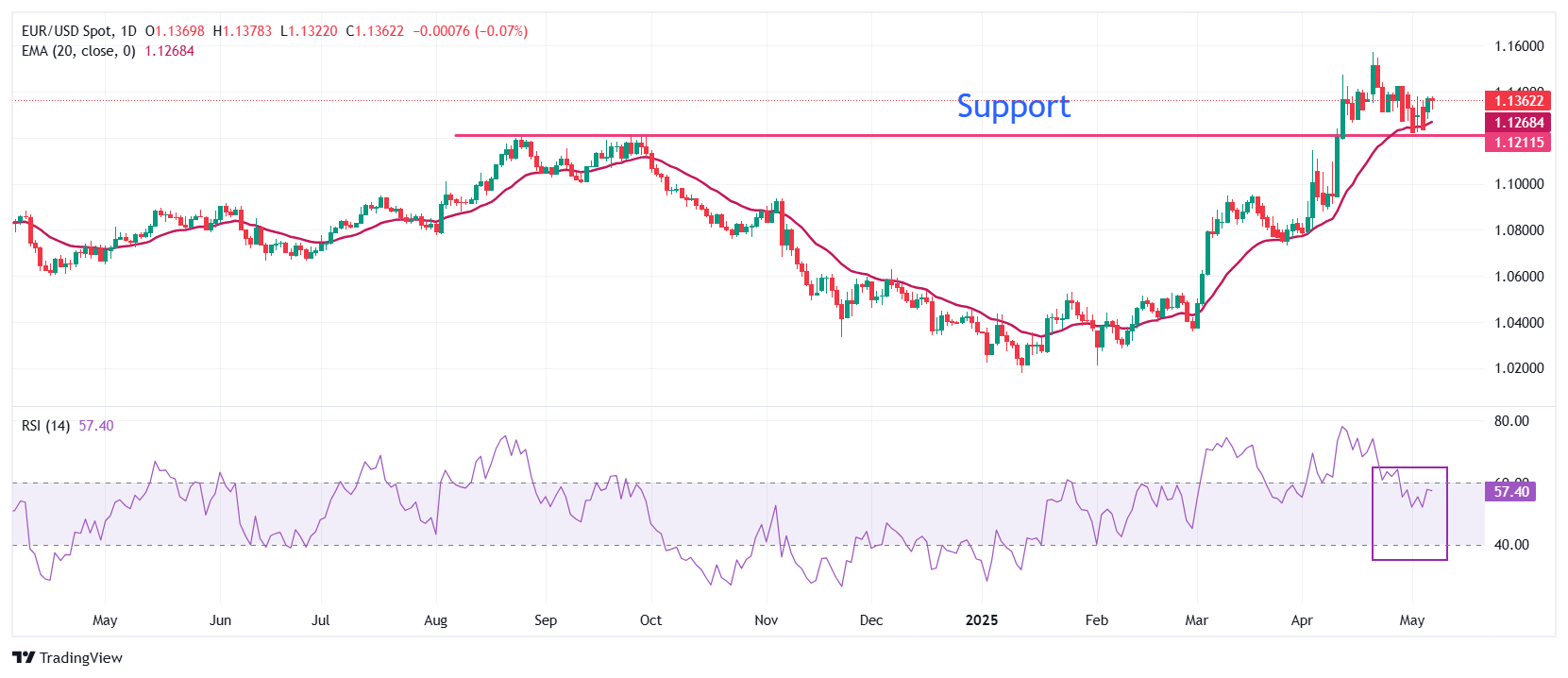
EURUSD chart by TradingView
(Source: OANDA)

